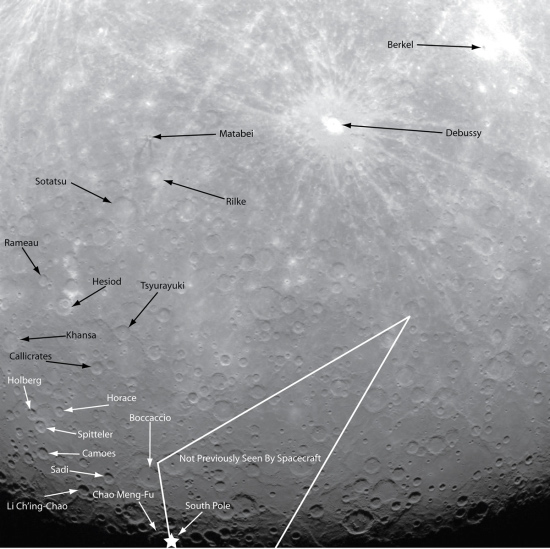Having completed more than 3,000 orbits around Mercury, Messenger’s orbit is now being lowered to just under 125 miles from the surface.
Having completed more than 3,000 orbits around Mercury, Messenger’s orbit is now being lowered to just under 125 miles from the surface.
Having completed more than 3,000 orbits around Mercury, Messenger’s orbit is now being lowered to just under 125 miles from the surface.



